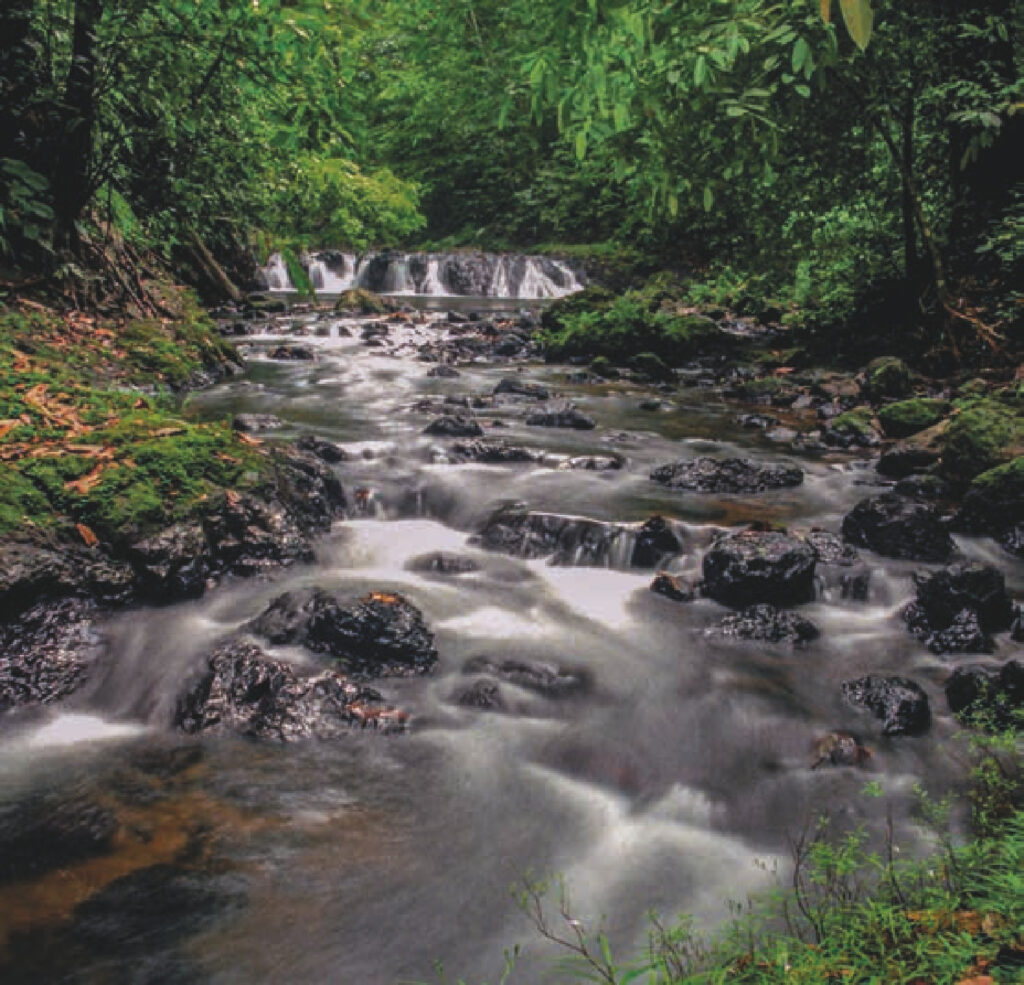Corcovado National Park in Costa Rica is some of the most stunning places on Earth. Located on the Osa Peninsula, Corcovado National Park is a true gem of the country, covering over 160 square miles of land and boasting some of the most biodiverse ecosystems in the world.
One of the most exciting things about Corcovado is the abundance of wildlife that can be found within its borders. It’s truly a nature lover’s paradise, and there are plenty of hiking trails and guided tours available to help visitors make the most of their time in the park.
The history of Corcovado is also fascinating. The park was established in 1975 after years of lobbying by conservationists who recognized the importance of protecting the unique ecosystems in the area. After a long battle between conservationists and developers who sought to turn the area into a luxury resort. Finally, the Costa Rican government decided to designate the land as a national park, protecting it from any development and preserving its unique ecosystem. Corcovado National Park is considered one of the most biodiverse places on the planet, with thousands of species of plants and animals, including some that are endangered.

After some time exploring the forest, I finally spotted a group of scarlet macaws perched on the trees, their vibrant feathers adding an explosion of color to the lush green canopy. The park is also home to four species of monkeys: howler, spider, squirrel, and capuchin, which can often be seen jumping from tree to tree.
As I hiked further into the park, I couldn’t help but feel awed by the sheer natural beauty of the place. From the towering trees to the rushing rivers, every inch of Corcovado National Park seemed to be bursting with life.
As we trekked through the dense forest, our guide pointed out the park’s unique flora and fauna, including the “walking palm,” whose roots gradually move over time, allowing it to “walk” to a new location. We even caught a glimpse of a sloth hanging lazily from a tree branch, barely moving.
But the real highlight of our visit was encountering a jaguar, one of the park’s most elusive and majestic predators. Our guide warned us to keep our distance and remain quiet as we observed the big cat from a safe distance. It was a rare and exhilarating moment that we will never forget.
As the sun began to set, I knew that my time in the park was coming to an end, but I left with a newfound appreciation for the importance of preserving our natural world for future generations to enjoy.
The best time of the year to visit Corcovado is from mid-December to April, while during the rainy season (from May to December) visitors should inquire about access conditions to the park. During October, the Sirena station is closed to visitors, while the other stations remain open.
To enter the park, visitors must be accompanied by an authorized guide and be aware that the attention in the Puerto Jiménez office is from 8:00 to 12:00 and from 13:00 to 16:00.
If you’re planning to visit Corcovado National Park, the best time to go is during the dry season when the weather is pleasant, and wildlife sightings are at their peak. However, if you plan to visit during the rainy season, make sure to inquire about access conditions to the park, as heavy rains can cause flooding and make certain areas inaccessible.
The park office is open for a limited time each day, so make sure to plan accordingly. Additionally, for those who want to stay overnight, there is a camping area available at an additional cost. So, pack your tent, bring your sense of adventure, and get ready to explore one of the most biodiverse places on the planet.
As we made our way back to the park entrance, we couldn’t help but feel grateful for the opportunity to experience such a breathtaking and wild place. The Corcovado National Park is a true treasure, not only for its unique biodiversity but also for the sense of wonder that it inspires in those who visit.
Regulations:
- National Parks were created to protect our natural and cultural resources. Therefore, visitors are not allowed to take out animals, plants, rocks, or any other element from the area. Just take pictures.
- It is prohibited to feed wild animals.
- Smoking and bonfires are not allowed.
- Pets are not allowed.
- Be aware of your personal belongings.
- High sound equipment is forbidden.
- Horses or other types of reined animals are prohibited.
- Sport or commercial fishing is prohibited.
- Boats are prohibited from any areas in the rivers, including the river mouths.
You must reserve 30 days before your visit.
E-mail: reservaciones @ parquecorcovado.org
